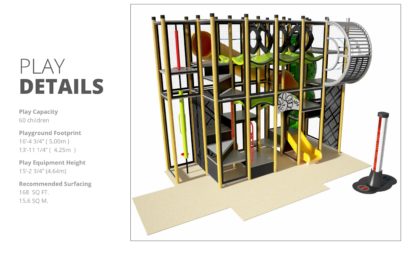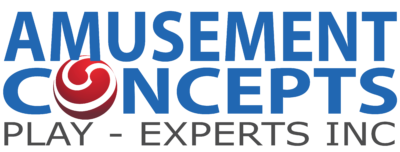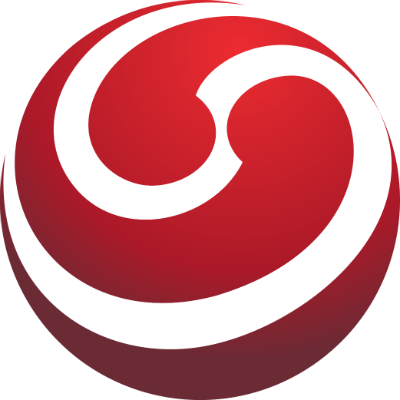
In our third instalment we cover the FAQ’s of your indoor playground design. What questions should be asked by someone planning an indoor playground for their business? Planning your family entertainment centre is exciting, but can also be daunting. In many cases, indoor playgrounds are like an unfamiliar mountain to climb, one that can make use of a good Sherpa. Some popular questions we hear are “How much does a play structure cost? and “What’s the price of a Playpark to fill xx sq.ft? “
Now think of visiting a car dealer and asking how much does a car cost or the price to fill a 2 car garage. Or asking a tailor for a suit without knowing know your measurements, style, or favourite colours. Asking the right questions determines what you need to “drive”; without them, one person would be a poor tailor, the other a poor dresser! We’ll stop with the analogies now! We created the skill testing questions below as a simple exercise for making it easier to identify the ideal play structure for your business.
PLAY CAPACITY: What capacity do you need for the park? The size of the room or the park does not tell us how many kids you need to fit, and the cost of the park depends more on capacity and type of play activities than the size. Here is a way to get a rough estimate of PLAY CAPACITY and even the RETURN ON INVESTMENT for your facility…
Estimating your Gross Revenue:
- Average number of kids under 12 in your market = Total population X 15%
- Average number of visits/ year = 3.2
- Average spending/ visit = $12/kid
Example…
- * Let’s say the population is 150,000.
- * 150,000 X 15% = 22,500 kids 2-12 years
- * Say 50% of them visit your business.
- * (22,500 kids) X (50%) X (3.2 visits) = 36,000 visits per year
- * (36,000 visits) X ($12/visit) = $432,000 gross revenue if 50% of all kids under 12 visit
Estimating your Park Capacity
Using the above example…
- * 36,000 visits/ 52 weeks = 692/ week
- * 692 X 60% on weekends = 415 visits on weekend
- * 415/ 2 days = 208 visits/ day
- * 208 visit/ 4 hrs (because parks are busiest from 12:00-4:00 on Saturdays) = 52 kids
- * Recommended park capacity = 52 kids minimum!
HEIGHT: What is the EXACT clear height in the room, measured from the floor to the lowest object (ex. beams on the ceiling, ventilation ducts, sprinklers, lights, etc)
THEMING: Do you want any theming on the park? How important is theming to you – less important than play activity, same importance, or more important? Do you want basic theming such as banners/ graphic panels, or more advanced, such as 3D elements?
NAME/COLOURS: What is the name you picked for the place, and are there any specific colors you want us to use on the design?
TYPE OF PLAY: Parks can have more plastics (ex. tubes, cubes, imagination stops shaped like cars/spaceships, etc), or they can have more open areas with obstacles (ex. punching bags, pogo sticks, monkey bars, and many, many more), or they can be half/half. Most current parks tend to be all obstacle course designs, with lots of physical play and very few enclosed plastics. Is there a style you prefer?
ACTIVITIES: Are there any specific play activities that you definitely like, and any you prefer to avoid.
TODDLER: We always recommend a good toddler zone, because younger kids are a big part of any market. How large an area would you like for toddlers (1-4 years old)?
SPACE TO USE: What is the minimum area you’d like us to use so that you can keep to your budget, or even rent less space ? Do you have a plan of the room? Knowing entry points, exit points and visualizing flow lets us plan for the most impactful views and efficient positioning of your play offerings.
COMPETITION: Who is the competition in your area, and what style of park(s) do they have? Knowing this helps ensure your park is different and better.
BUDGET: What is the approximate budget range for your play equipment (including toddler)? Consider this as a total number combining main play structure, toddler area, theming, safety surfacing, installation & freight.

